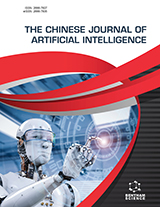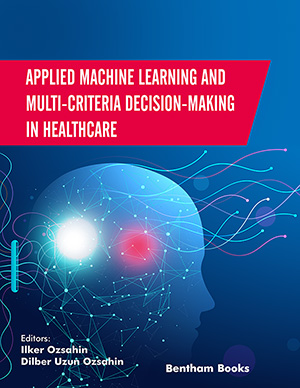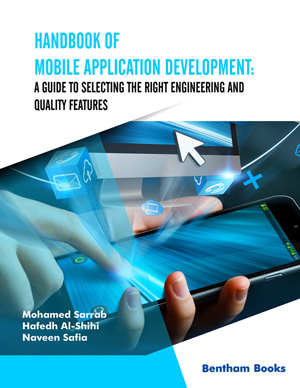Abstract
Evaluating mental workload is crucial to preserve health and prevent
mishaps. The reliability and mental states of individuals in any human-computer
interaction scenario are assessed utilizing features of the electroencephalogram (EEG)
by means of many approaches in machine learning and deep learning This study
reviews and identifies the multiple Machine Learning and Deep Learning algorithms
used for workload assessment, as well as the various datasets, characteristics, and
features that contribute to workload assessment. When ML and DL approaches were
compared, it was found that deep learning techniques and ensemble techniques work
best when EEG's Power Spectral Density Features are used. We have also used
optimization techniques like GWO and taken into account numerous features from
various domains and assessed the workload. This study discovered that when
measuring cognitive load, features like PSD were employed and deep learning
algorithms were applied if algorithm performance was crucial. However, when
accuracy was valued more highly, all features were taken into account and only a small
subset of them was chosen using optimization techniques. The latter method was found
to be more accurate and reliable than the methods currently in use.






















